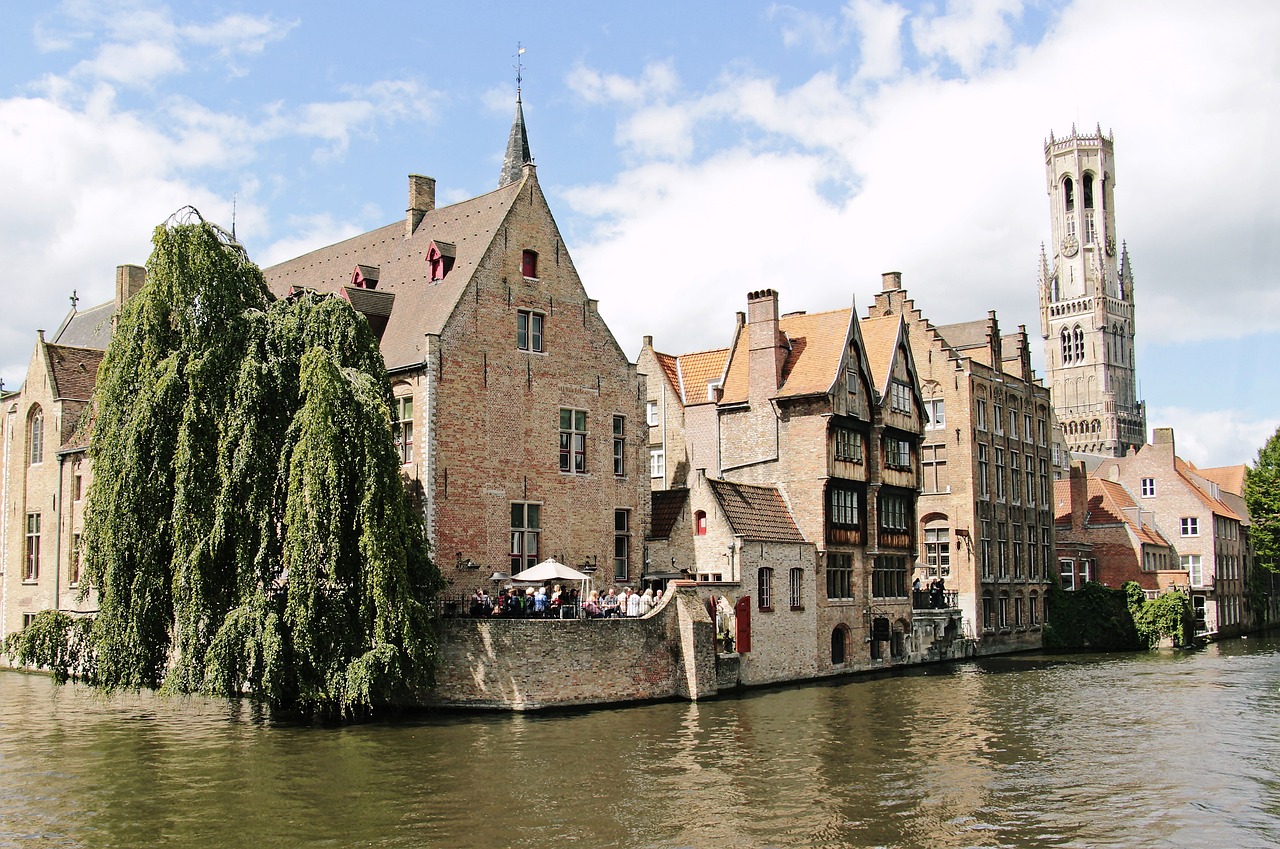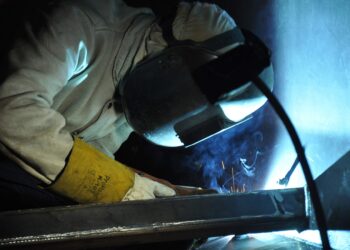
The museums of Central and Eastern Europe (CEE) are embarking on an ambitious journey of digitization, transforming the way cultural heritage is preserved, accessed, and experienced. This digitization drive is a response to a rapidly changing world where technology plays a pivotal role in shaping cultural narratives and public engagement with history and the arts.
Across the CEE region, museums are harnessing digital technologies to create virtual repositories of their collections. This initiative not only safeguards cultural assets against the ravages of time and potential physical threats but also democratises access to these treasures, making them available to a global audience.
In Poland, for instance, the National Museum in Warsaw has embarked on extensive digitization projects. High-resolution imaging and 3D scanning are being used to create detailed digital replicas of artworks and historical artefacts. These digital assets are not only vital for preservation efforts but also enhance the museum’s educational and outreach programmes, allowing for interactive and immersive virtual experiences.
Czechia is also at the forefront of this digital revolution in the museum sector. The National Museum in Prague has initiated several digital projects, including virtual tours and online exhibitions. These initiatives allow people from around the world to explore Czech history and culture, transcending geographical barriers.
Hungary’s museums are incorporating digital technologies in innovative ways to engage with newer audiences. The Hungarian National Gallery, for example, offers virtual reality experiences that transport visitors into the world of classical paintings, offering a unique blend of art and technology.
In Romania, efforts to digitise cultural heritage are gaining momentum. The National Museum of Romanian History in Bucharest is digitising its extensive collection, which includes artefacts from Romania’s rich historical tapestry, from ancient Dacian gold to mediaeval manuscripts. This digitization not only aids in preservation but also in research, as scholars worldwide can access these resources remotely.
Slovakia’s museums are not far behind in embracing digitization. The Slovak National Museum, with its vast and diverse collection, is investing in digital archiving systems. These efforts ensure that Slovakia’s cultural heritage, spanning from its folk traditions to its historical artefacts, is preserved and shared in the digital realm.
The digitization of cultural heritage in CEE museums is being supported by various EU initiatives and grants, recognizing the importance of cultural preservation in the digital age. These projects are not just about converting physical objects into digital files; they involve the creation of comprehensive digital platforms where history and art come alive through multimedia storytelling.
This digital transformation, however, presents its own set of challenges. Ensuring the accuracy of digital reproductions, managing large data volumes, and safeguarding digital archives are critical considerations. Moreover, there is the ongoing task of balancing technology with the tactile and physical experience that traditional museums offer.
Despite these challenges, the digitization of cultural heritage in CEE museums represents a significant step towards preserving the past and making it accessible in the present. It bridges the gap between history and modern technology, allowing new generations to connect with their heritage in ways that were previously unimaginable. As this digital journey continues, it holds the promise of transforming the cultural landscape of CEE, making it a vibrant and accessible part of the global digital heritage community.






